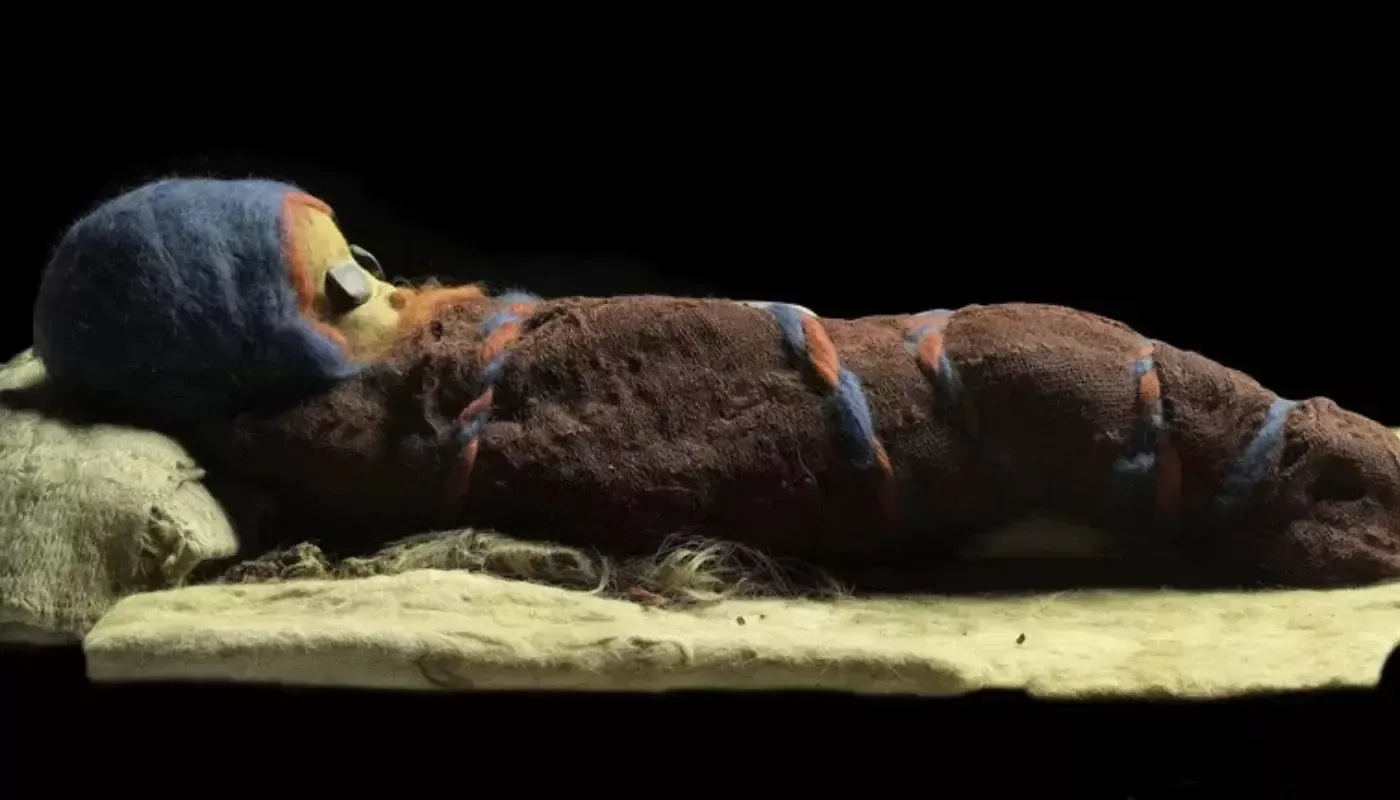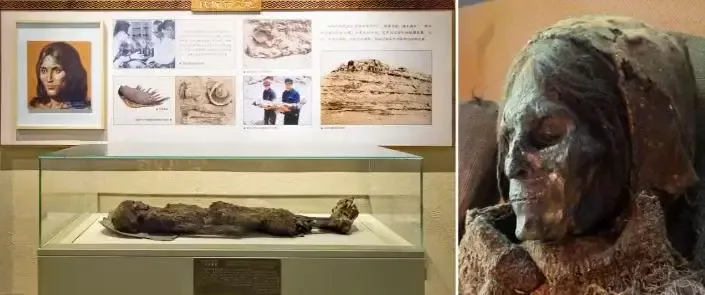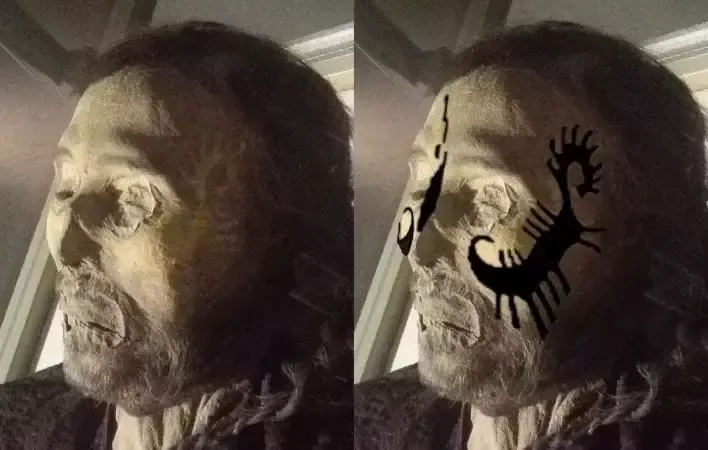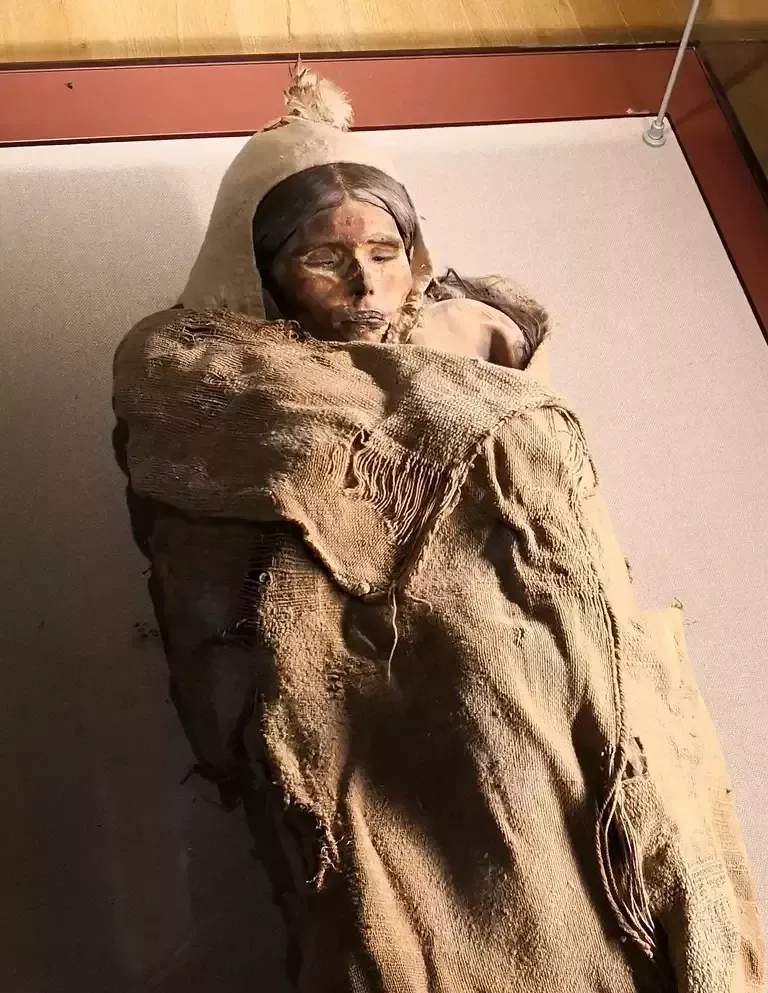
In Western China, archaeologists discovered dozens of mummies with an unexpected appearance. They are fair-skinned, with red hair and tall stature, buried thousands of years ago in the Taklamakan Desert, in the Tarim River basin. This discovery may reveal new information about the connections between ancient civilizations and cultures.
Mysterious traces of a people
Some researchers emphasize that these mummies may indicate that Europoid peoples lived in the center of the Asian continent in ancient times. To date, over 300 Tarim mummies have been identified, with the most famous being the Loulan beauty and the Cherchen man.
Loulan beauty and Cherchen man
The Loulan beauty is a mummy of a woman who lived about 3,800 years ago, standing 180 centimeters tall, with dark blonde hair. Her body is remarkably well-preserved, and personal items such as a comb, a basket, and a mirror were found with her.
The Cherchen man, on the other hand, has white hair and tattoo markings on his face, and he was buried with numerous grave goods. Archaeologists even found a baby mummy next to him, with blue stones placed in its eyes.
Historical connections and hypotheses
Scholars are trying to determine who these people were. One theory suggests that they could be the Tocharians, representatives of a mysterious people who lived in Central Asia. Other hypotheses link them to the migration routes of ancient Indo-European peoples.
Interestingly, the Roman writer Pliny the Elder noted in the 1st century AD that there were "tall, flaxen-haired, and blue-eyed" people in the territory of China. This further strengthens the hypotheses regarding the Tarim mummies.
A new perspective on ancient China's isolation
The unknown origins of the Tarim mummies raise doubts about the perception of ancient China as an isolated state. These findings may indicate that connections between Asian and European cultures existed much earlier than previously thought.
Additionally, it was recently revealed that traces of Neanderthals were found in China at the beginning of April. These findings, crafted in a style characteristic of Western Europe, suggest that the East did not develop in isolation as previously believed. Archaeological discoveries are enabling a better understanding of human history.